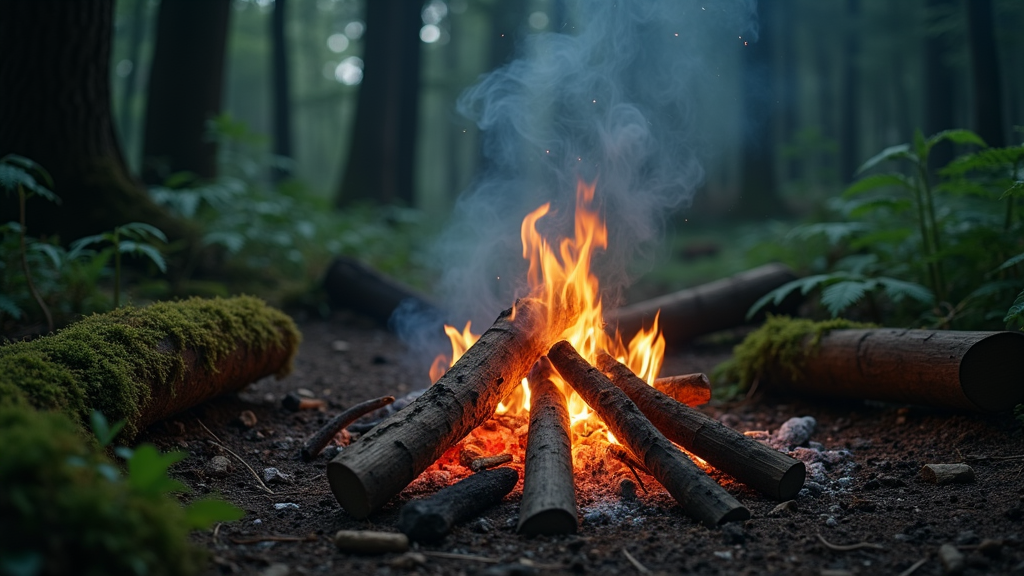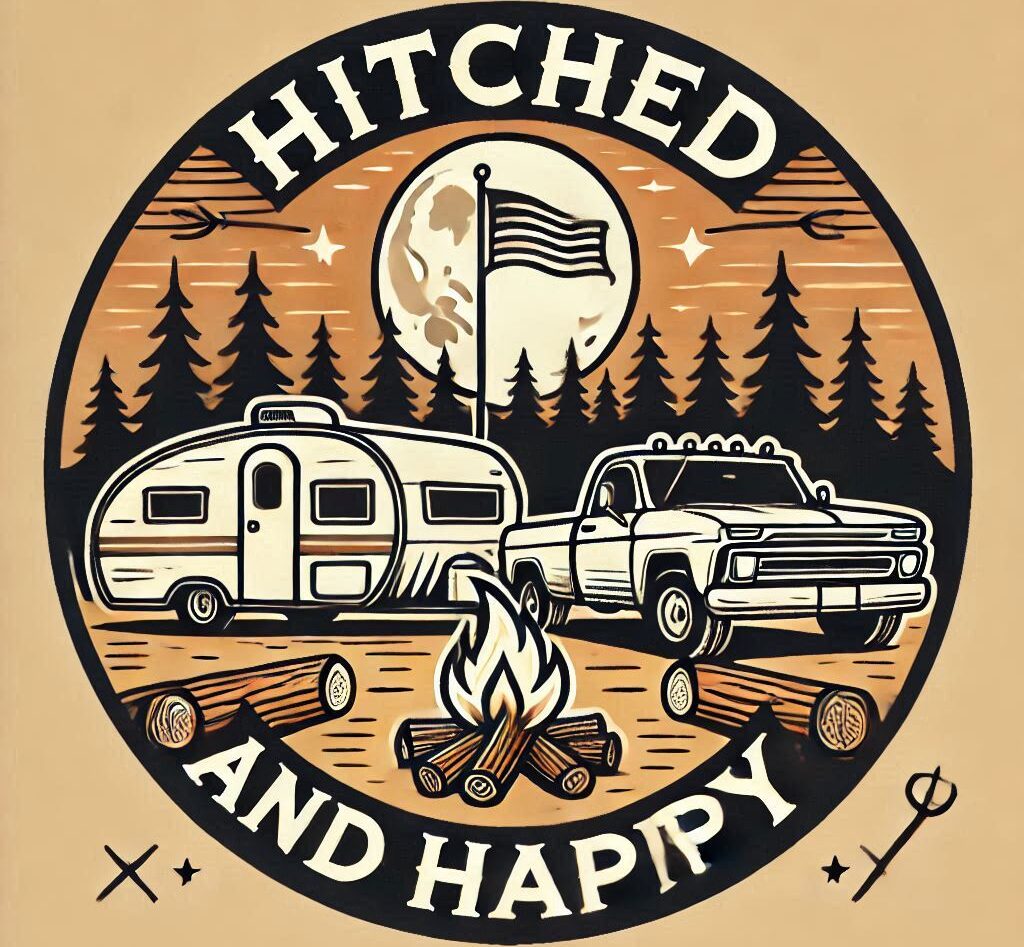Building a fire in the forest is one of those classic survival tasks that sounds pretty simple, especially until everything is soaked and you’re shivering with numb fingers. Starting a fire in wet conditions is definitely tougher than in dry weather, but I’ve found that with good technique and a bit of patience, you can get a fire roaring even after days of rain. Here’s a rundown of what works for me when I need to get a blaze going in a waterlogged forest.

Why Starting a Fire in Wet Woods is Tricky
The first hurdle with wet weather fire building is moisture everywhere: kindling, logs, even the ground itself can be drenched. Wet wood doesn’t want to catch easily, and a soggy forest floor can suck up a lot of the heat from your fire before it gets going. I’ve noticed it’s not just about the wood being damp. A soaked environment makes it hard to keep your matches, lighter, or fire starter dry, too.
For anyone spending time outdoors, whether it’s hiking, camping, or even dealing with emergencies, the ability to make a fire in these tough conditions is really important. A fire gives you warmth, helps you cook, and keeps morale up in a sticky situation. With some background and a bit of clever thinking, you’ll be able to manage it even when the weather isn’t on your side.
Fundamentals: What You Need for Wet Weather Fires
It helps to know what you’re up against: waterlogged wood, muddy kindling, gusts of wind, and rain that just won’t quit are all things that stack the odds against you. Here’s a quick list of things I always make sure to bring or look for when preparing for wet conditions:
- Reliable Ignition: Waterproof matches, a butane lighter, or a ferro rod are all good bets. I also keep a few cotton balls smeared with petroleum jelly in a little ziptop bag for emergencies; they work even when everything else is soaked.
- Dry Tinder: Packing your own tinder is the best way to be sure it’s ready to go. Dryer lint, fatwood chips, and commercial fire starters work great. If you didn’t bring any, I’ll sometimes pull apart the bark from downed branches to find dry wood fibers underneath.
- Sharp Knife or Hatchet: Peeling wet bark from logs and splitting wood to get to the dry stuff inside is way easier with a sharp blade.
Step-by-Step Guide: How I Build a Fire When Everything’s Wet
Getting a fire started in wet conditions takes a little more patience and a solid plan. Here’s how I usually go about it:
- Pick a Good Spot: Look for a spot that’s slightly raised or has natural cover from overhead branches. I avoid depressions where water pools, since those places eat up all your heat and are miserable to sit in. If there’s a thick layer of wet leaves or moss on the ground, I’ll clear it back until I hit bare soil.
- Lay a Base: I like to build a platform out of small, split logs or thick bark. This base keeps my tinder off the wet ground and helps the fire breathe. Sometimes I’ll even use a handful of rocks if I can find them nice and dry.
- Gather Tinder, Kindling, and Fuel: In a wet forest, I usually look for standing dead wood, especially branches that are off the ground and not touching anything wet. I’ll break or chop these and split pieces open with my knife or hatchet, since the insides almost always stay nice and dry even if the outside is dripping. For kindling, smaller twigs snapped from the upper parts of trees are usually drier than anything near the ground.
- Prepare Tinder: I fluff up whatever dry material I have: shaved wood, commercial tinder, or even birch bark. Birch bark is a favorite of mine because it burns even when it’s damp. If you spot a downed birch branch, just peel back some of the papery bark layers.
- Build the Fire: I start with a small bundle of tinder on the platform, then stack pencilsized kindling in a teepee or lean to shape over it. I make sure there’s plenty of airflow through the stack so heat can build up quickly.
- Light It: With a good fire starter, I aim straight for the core of the tinder. If it’s stubborn, I shield it from wind and rain with my body or a jacket and keep coaxing it along. Adding dry shavings or tiny splinters helps it catch if it sputters out early. Once things catch, I gradually add bigger sticks and logs, always using split wood with the driest interior I can find.
Common Problems and What Helps
Sometimes, even doing everything right, I still run into trouble. Here are a few snags that come up the most often and how I handle them:
- Wet or Green Wood: When every stick seems soaked, splitting bigger branches to get at the dry heartwood gives me a better chance at getting flames. I’ll whittle thin feather sticks (think wood shavings curled off a stick with your knife) that catch more easily too.
- Rain That Won’t Quit: If it’s still raining, I’ll build some sort of cover above my fire using a tarp, large leaves, or even propping up my backpack to shield the fire while it’s still small. Just be careful not to trap too much smoke or block airflow.
- Wind: A brisk wind can be both a help and a pain. It might help your fire go if it’s weak and smoky, but it’ll also blow out your flame when it’s just getting started. I block the wind with rocks, logs, or even myself positioned upwind, and keep my kindling pile handy for quick feeding.
- Tinder Fails: Soggy moss, leaves, or decomposed wood just won’t light. Commercial fire starters are great backups, and in a pinch, I’ll scrape fatwood or pine resin from the base of dead pine trees for a boost. These resins are crazy flammable and can burn long enough to dry out larger wood.
Tools That Really Come In Handy
Over the years, I’ve found a few bits of gear make a huge difference when fire building in wet weather:
- Ferro Rod or Magnesium Fire Starter: Unlike regular matches or lighters, these will spark even after they get wet. Striking sparks onto a ball of dry tinder gets things going fast.
- Small Axe or Hatchet: Splitting wood is the real game changer. You can expose dry wood even after days of rain.
- Dry Tinder Tube or Tin: I keep a little waterproof tin of tinder tucked in my pack. It’s saved my bacon more than once after a surprise rainstorm.
- Compact Tarp: Quick shelter for you or your fire during rain, and folds up small enough to never leave behind.
Advanced Tips for Tough Conditions

Getting a fire started in serious wet weather sometimes takes more creativity. Here are a few of the little tricks I lean on when things are extra challenging:
- Use Feather Sticks: By carving long, thin curly shavings on a split stick, you can create tons of surface area that lights up with even a weak spark. A feather stick made from the dry core of dead wood catches flame quickly and throws out enough heat for bigger fuel.
- Birch Bark and Pine Resin: These natural fire helpers are awesome even when the rest of the forest is soaked. Birch bark peels in thin, papery sheets and burns hot, even slick with rain. Pine resin chunks scraped from old stumps or branches light almost like candle wax.
- Upside Down “Log Cabin” Fires: I sometimes stack four thick pieces of split, dry wood as a base and put my tinder and smaller kindling above it. Burning from the top down lets the heat dry out the fuel underneath as the fire grows stronger.
- Drying Sticks as You Go: If all you can find is damp wood, I prop new sticks up around the edge of my fire. After a few minutes, the heat starts drying them enough for burning. Just keep turning and swapping them so they don’t smother the flames.
What To Pack for Wet Weather Fire Building
If you spend a lot of time in the outdoors, a little prep goes a pretty long way when rain is in the forecast. Here’s my go-to packing list for making sure I can get a fire going, no matter the weather:
- Waterproof matches AND a lighter, each stashed in its own ziptop bag
- Ferro rod or magnesium stick as backup ignition
- Several small fire starters: wax cubes, cotton balls with petroleum jelly, or homemade tinder bundles
- Collapsible tarp or emergency rain poncho for sheltering the fire
- Compact hatchet or sturdy bushcraft knife
- A little dry tinder in a plastic tube or tin
This little kit weighs almost nothing and tucks into even the smallest daypack. Even if you never need it, having it along brings peace of mind when gray clouds roll in.
FAQs About Starting Fires in Wet Conditions
It’s pretty common to run into roadblocks when trying to build a fire in damp woods. Here are a few things people ask me the most:
How do I find dry wood when everything looks wet?
Standing dead branches (the ones not touching the ground) are the best bet. Look up under evergreens for the driest stuff, or break open bigger logs to expose the dry core hiding inside.
What’s the easiest natural tinder in a wet forest?
Birch bark is my favorite, followed closely by pine resin. Both catch quickly and burn hot enough to get wetter materials going.
Which fire building method works best in wet conditions?
I usually go with a teepee or lean to of split, dry kindling over a sturdy base. The upside down log cabin method works great if you’ve got bigger, split logs for a platform.
Final Thoughts
Knowing how to make a fire when the weather’s ugly is a really important skill for anyone who loves the outdoors. With a bit of practice and the right gear, you’ll be surprised how reliable your fire building can get, even when your boots are squelching through puddles or the trees drip nonstop. Remember, the key is patience, smart preparation, and a bit of creativity. Once your fire is going, even the dreariest wet forest suddenly feels a whole lot more comfortable.
